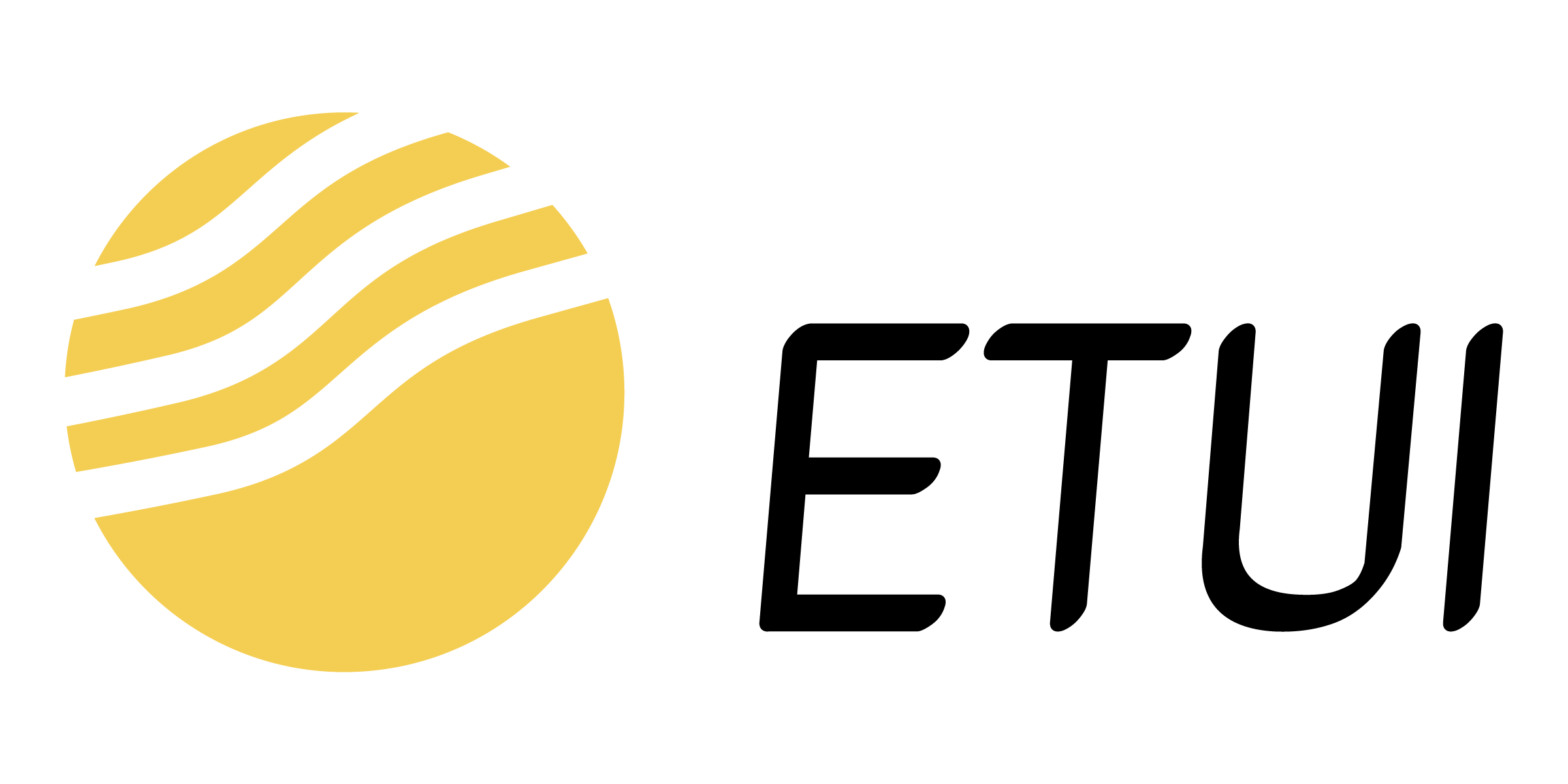
Our Services
Is your organization ready for the futures?
We help organizations assess their future readiness, build strategic flexibility, and shape long-term development directions. The futures thinking process creates lasting future capability that supports readiness for change. In addition to workshops and lectures, this includes assessing the current level of futures thinking maturity, horizon scanning, scenario building, and designing transition processes.
The futures thinking process helps you to:
- Align decisions and actions with long-term development directions
- Spot new opportunities, risks, and tipping points before others
- Expand your understanding of possible futures and create new mental pathways
- Test and challenge your current strategy against alternative future scenarios
Quick wins
- Short lectures and workshops on futures thinking (60 min – 6 h): We discuss trends and signals, build a shared understanding of why futures thinking matters, provide inspiring examples, and introduce key mindsets and tools
- Futures thinking course for your employees (at least 2 working days): Practice basic futures thinking skills, learn to systematically identify signals and trends, make better strategic decisions using scenarios, and apply them in your work context
- Mini-project with two or three workshops: Create initial scenarios based on your context and agree on practical next steps for implementing futures thinking
Building strategic future capability
- Scenario portfolio: Develop 3–4 scenarios relevant to your operating environment, identify early signals, and translate them into 2–3 new strategic directions
- Strategy stress test: Test your current strategy against scenarios, identify weak points, and agree on concrete adjustments, investments, and discontinuations
- Continuous horizon scanning: Set up monitoring processes, roles, and tools, train futures thinking ambassadors, and establish a future-proof decision rhythm
- Three Horizons roadmap: Map short-term initiatives, a mid-term roadmap, and long-term capabilities with responsibilities and metrics
What does the futures thinking process look like?
Every futures thinking process is unique and shaped through close collaboration with the client. Steps in a longer futures thinking process may include:

Future audit (futures thinking maturity assessment)
Interviews with team members, document and strategy analysis, and an honest evaluation of current future capability

Planning goals and activities
Define the timeline and actions to reach desired outcomes; may include a short futures thinking training (6 h – 2 days) to better understand options and priorities

Horizon scanning and background work
Collect trends and signals, analyze interconnections and uncertainty impacts

Synthesizing future images
Create scenarios and transitions (2 or 3 horizons), identify early signs of change and decision points

Strategy stress test and choices
Test current strategy against scenarios, identify priorities, discontinuations, and new directions

Roadmap and piloting
Agree on short- and mid-term roadmap, pilot portfolio, responsibilities, resources, and metrics
Additionally

Continuous horizon scanning and futures thinking ambassadors
Processes, roles, and tools for regular monitoring (quarterly reviews, decision days) and a network of futures thinking ambassadors

Thematic deep-dive processes
Sustainable futures, digital technology and IT, crisis preparedness – focused work on complex shifts and risks
Our principles
Practical futures thinking
Futures thinking is a skill that develops through practice. Instead of theoretical discussion, we prefer to dive into a topic that matters to you and analyze it using futures thinking methods.
Engagement and openness
Many consulting firms offer ready-made solutions. Our goal is to make futures thinking an everyday tool in your organization, so we co-create solutions together. The best ideas already exist in your team – we provide tools to bring them to light.
